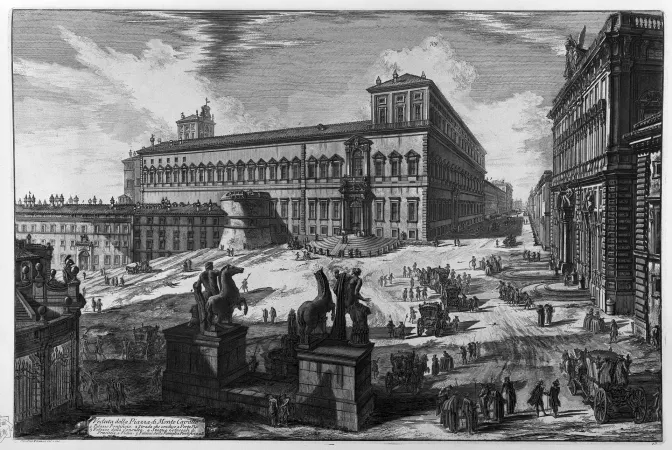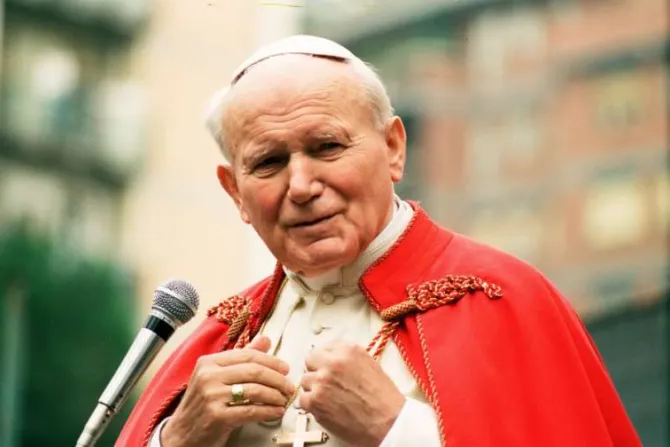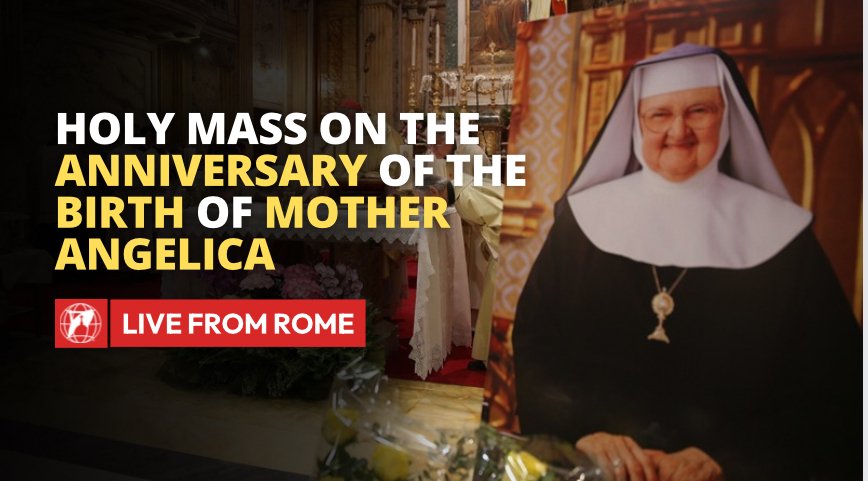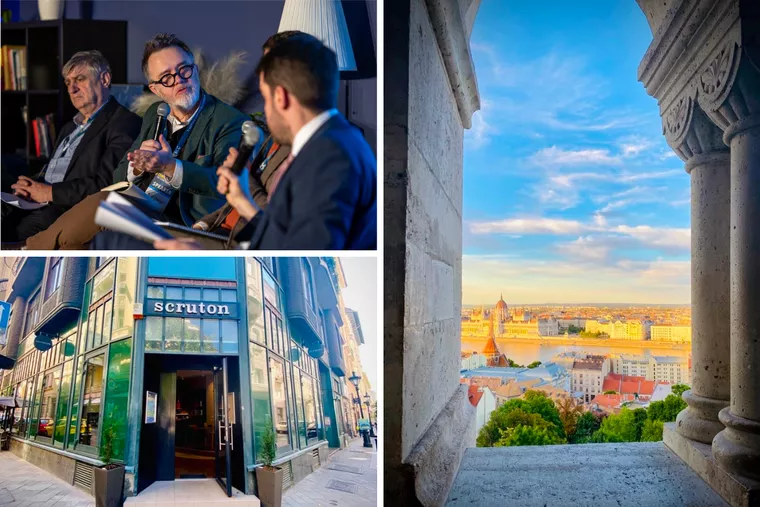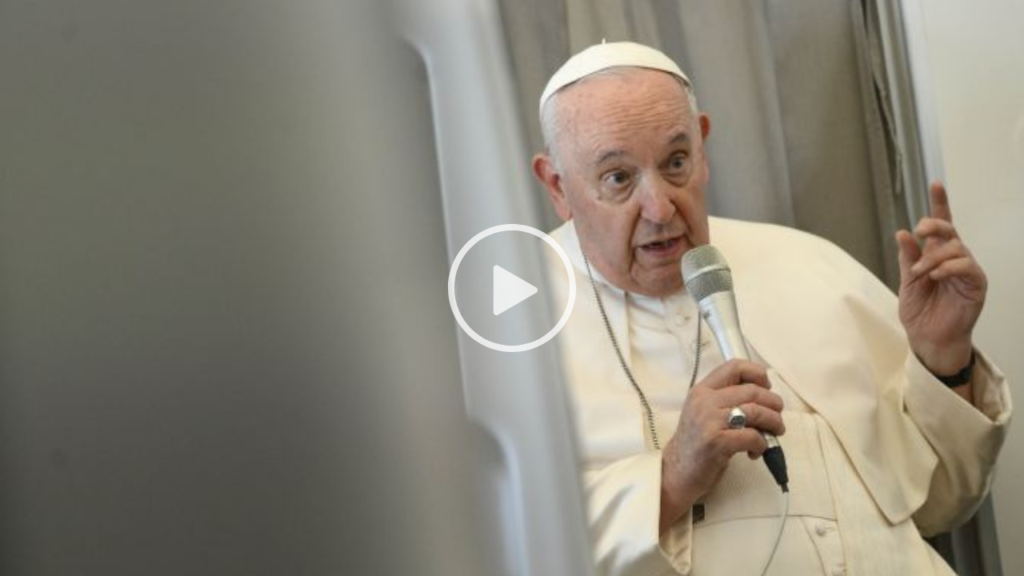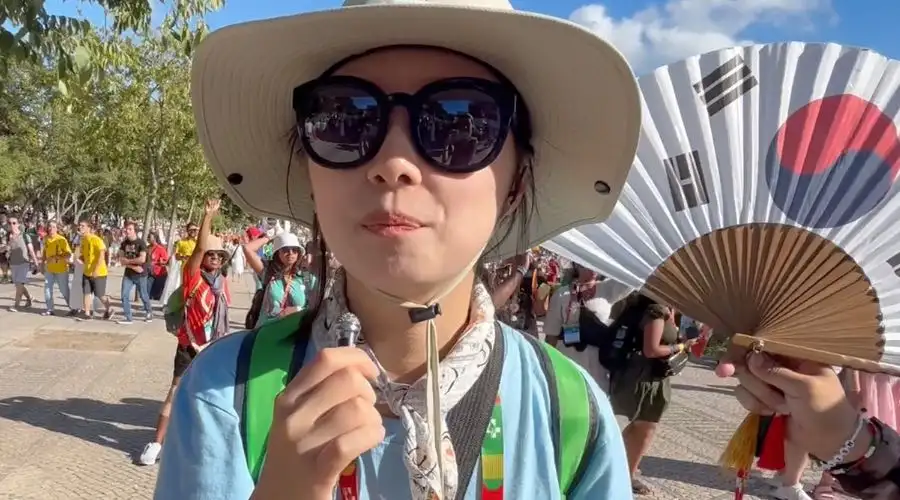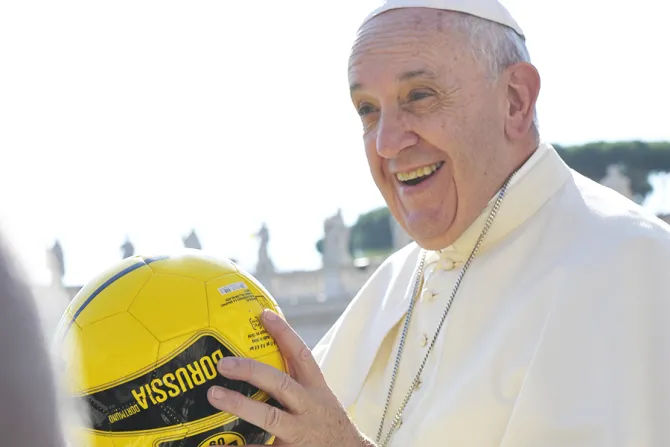The conclave that led to the election of Leo XII in 1823 unfolded in an unexpected location, breaking away from the familiar setting of the Vatican. The Quirinal Palace became the center stage for this historic event, revealing one of Rome’s best-kept secrets.
For centuries, the Pope’s residence remained shrouded in mystery. After the Lateran, which served as a continuous seat of power, the Quirinal Palace and Monte Cavallo emerged as the first permanent residences for the pontiffs. Pope Borghese marked the beginning of this transition.
Even during the time of Alexander VII, there were deliberations about utilizing the Quirinal as the conclave venue. However, the timing was not opportune until 1823.
Antonio Menniti Ippolito, in his journal dedicated to the Conclave of Leo XII by the Regional Council of the Marche, sheds light on the dramatic events that unfolded within the Church during the pontificate of Pius VII, who passed away on August 20, 1823. Uncertainty surrounded the conclave due to the lack of prominent figures in the Sacred College. Various suggestions arose, including holding the conclave at Chiesa Nuova, Minerva, Sant’Agostino, or even the sacristy of St. Peter’s. The Montecavallo residence was also considered.
Ultimately, the viewpoint of Cardinals Giulio Maria della Somaglia and Ercole Consalvi prevailed. Their decision to avoid the Vatican was motivated not only by the usual concerns of the unpleasant air within its walls but also the fear of potential “arsonists.” Recent events, such as the fire that ravaged the basilica of San Paolo on July 15, 1823, heightened this concern.
Nearly half a century had passed since the previous conclave, and only three cardinals had personal recollections of the proceedings in Venice. Organizing the logistics for assistants, ranging from clerics to cooks, proved challenging. Accommodations were also a complex affair, involving noble guards, Swiss guards, civic guards, the marshal’s grenadiers, regular troops, carabinieri, firefighters, and non-military captains in uniform, appointed by the conclave marshal. Although 49 cardinals participated, 52 cells were prepared. However, the masters of ceremony mistakenly prepared a significantly larger number of ballots, 70 in total. Consalvi was even assigned a non-existent cell, number 65. The ceremony masters had to start anew to rectify the oversight.
Commentators of that time predicted a swift conclave, as the cardinals were unlikely to tolerate prolonged confinement with limited freedom of movement. Despite the considerable expenses, reports of an overwhelming stench of lime and urine circulated.
Eventually, matters were resolved, and on September 28, 1823, Leo XII was elected. The conclave concluded, inaugurating a brief era of popes elected on the Quirinal Hill. This choice shattered any notion that the Pope must reside exclusively in the Vatican. The loss of temporal dominion in 1870 further solidified the identification of the pontiff with the residence sans a church at the Quirinal.
It was only through the Piedmontese conquest of Rome that the Pope returned to the Vatican, which today remains the sole residence befitting the Holy See.

